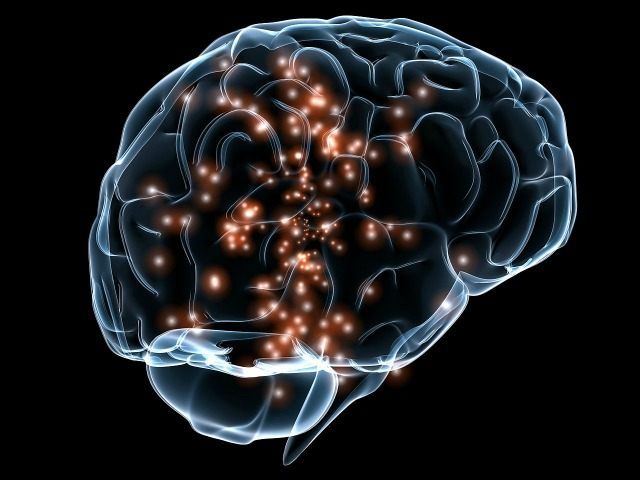A cybernetic revolution that could quite literally change the face of human existence is the size of “two nickels stacked back to back.”
The Defense Advanced Research Projects Agency (DARPA) has announced their intent to bridge “the bio-electronic divide” with an implantable device that would “serve as a translator, converting between the electrochemical language used by neurons in the brain and the ones and zeros that constitute the language of information technology.” If it sounds like the stuff of science fiction, that’s because it is. But DARPA’s Neural Engineering System Design (NESD) is also far more.
Previous attempts at harnessing the insane amount of neural information our brains produce have been like “two supercomputers trying to talk to each other using an old 300-baud modem,” according to NESD program manager Phillip Alvelda. “Imagine what will become possible when we upgrade our tools to really open the channel between the human brain and modern electronics.”
Among the first applications of the technology are corrections for deficits in hearing or sight. If they can manage to essentially broadband the communication between the brain and a computer inferface, they could offer audio and video data to the brain in place of the nonfunctional eyes or ears.
The foundational principles already exist, and in fact are approved for human use. Unfortunately, those systems currently approved must aggregate the functions of tens of thousands of neurons into no more than one hundred channels. It’s “noisy and imprecise.” NESD isn’t just looking for a minor upgrade to the existing system. No, they want to create a system that will communicate with a million active neurons “clearly and individually.”
As exciting as the prospect is, they’ve still got a ways to go. Getting the project from concept to reality will require “integrated breakthroughs” across everything from neuroscience and photonics to medical device packaging. The list of advances required is a long one, but it’s no longer out of reach.
NESD is hoping that “a diverse roster of leading industry stakeholders” can be recruited to help develop these new technologies and their resultant application. Those who jump onboard may later be given the opportunity to help transition the results into research and commercial application. To that end, DARPA will be hosting a “Proposer’s Day” meeting in the coming weeks.
The project is an integral element of DARPA’s participation in the BRAIN Initiative, from which it has already received some $50 million in funding. If successful, the traditionally muddy realm of human memory will become as crystal clear and defined as the “memory” of a hard drive, and soldiers could gain night vision without the use of goggles. We’re on the doorstep of a future in which you could implant your brain with terrible cat videos, instead of spending regrettable amounts of hours on YouTube.
Sure, we could also eliminate blindness, deafness, and Alzheimer’s patients could retain their dearest memories. We could delete PTSD, or cure addictions by simply controlling the brain’s more destructive impulses. But in the wrong hands, one could also mainline Tumblr.
Follow Nate Church @Get2Church on Twitter for the latest news in gaming and technology, and snarky opinions on both.

COMMENTS
Please let us know if you're having issues with commenting.